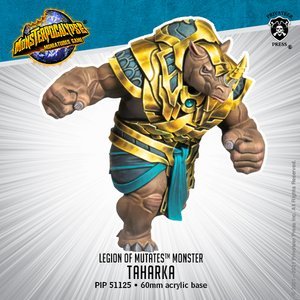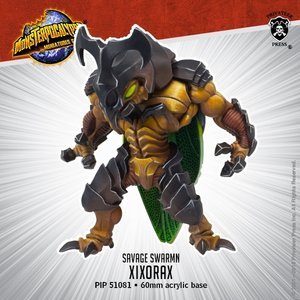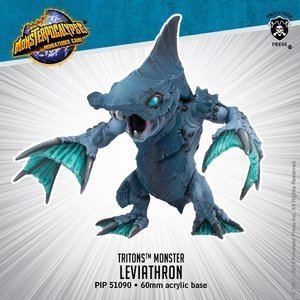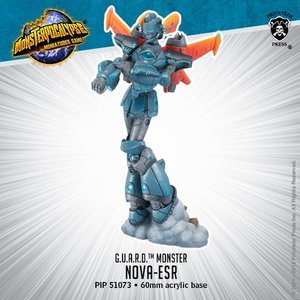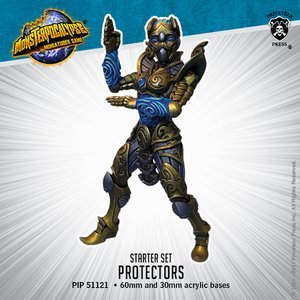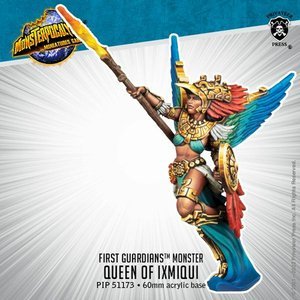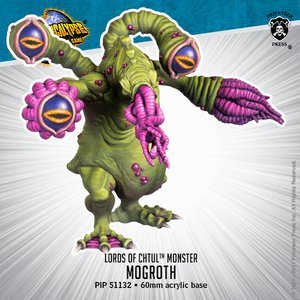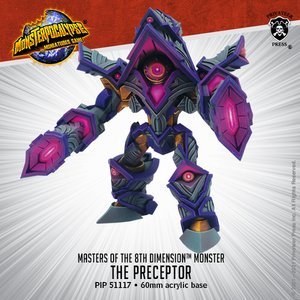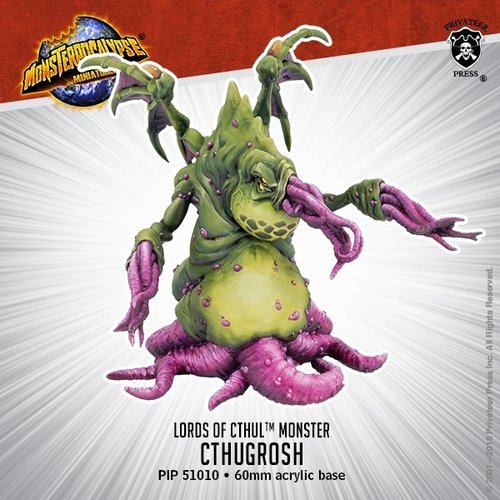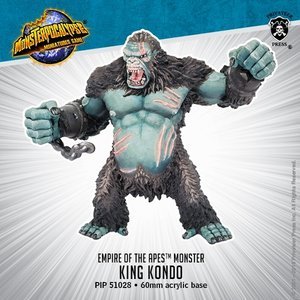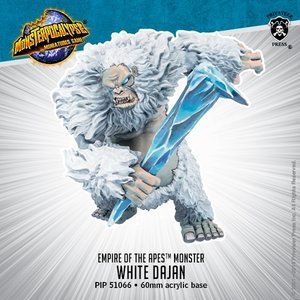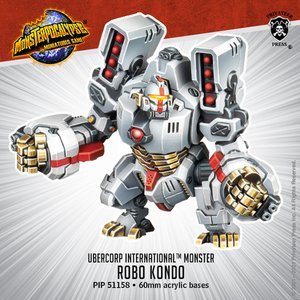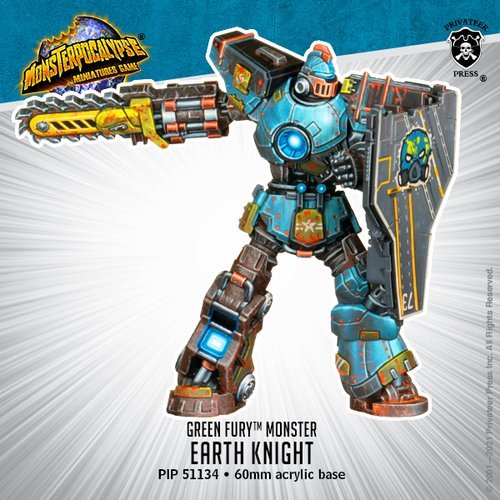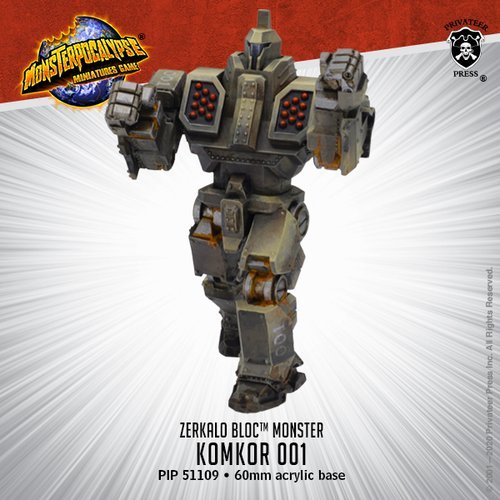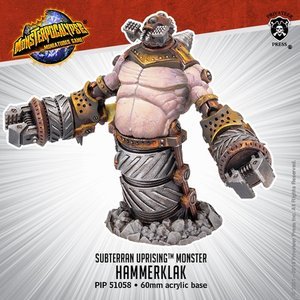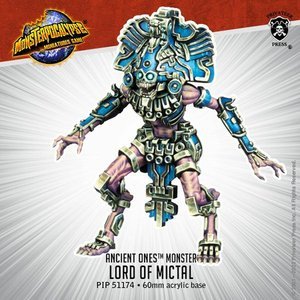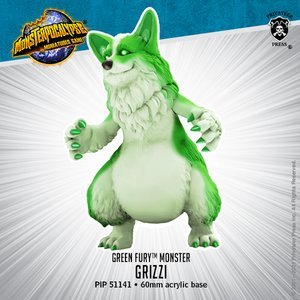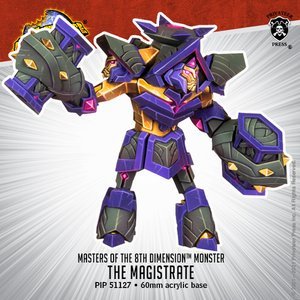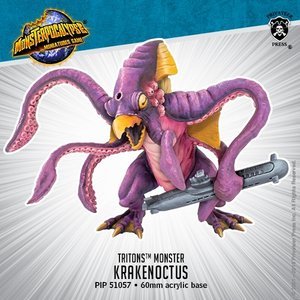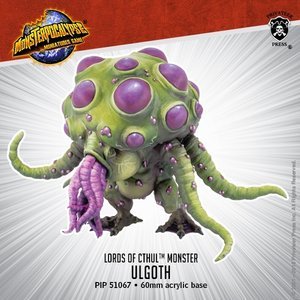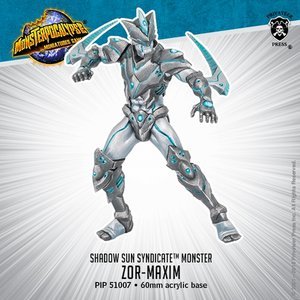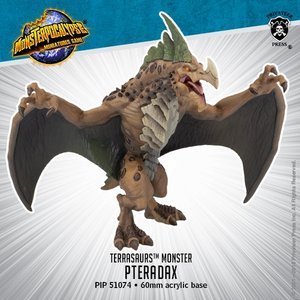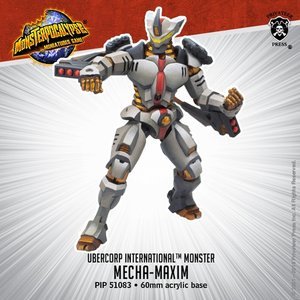MonPoc Fundamentals - The Five Core Tenets of Monsters [Tekk]
PART 1 - THE FIVE CORE TENETS
When evaluating a monster’s strengths and weaknesses, it can sometimes feel a little overwhelming. Unlike units or buildings who only need to serve a single role in your list, a monster is the lynchpin that your entire strategy is built around, so they’re required to do multiple jobs over the course of a game. While each monster has their own unique selling points, I’m going to make an honest attempt at breaking these core tenets down into five general categories.
OFFENSIVE OUTPUT
Although there are going to be multiple things you want to do on any given turn, at the end of the day the only way to win a game of Monpoc is by destroying the enemy monster. As such, one of the basic core strengths a monster can have is its ability to lay down damage. This can come from a variety of sources. The first and most obvious is super damage, but good offensive output can also take the form of screen clearing (especially when it appears on an Alpha form) or a strong unit buff that incentivizes unit-on-monster damage.
It’s also worth noting that good offensive output doesn’t always necessarily have to mean huge swings of damage; it can also take the form of damage that is consistent and hard to avoid. If a monster can stick 2 damage onto an opponent for very little resource investment while also advancing your tempo elsewhere (more on that later), that can sometimes be even stronger than a big 5 damage turn that eats through all your dice.
SURVIVABILITY
Survivability, somewhat counterintuitively, has very little to do with a monster’s printed defense stat. Instead, it’s more about a monster’s ability to reduce, offset, or avoid the potential damage they’re bound to take over the course of the game. This “defensive” tech can take the form of damage reduction abilities like Fireproof or Armored, movement abilities like Hit and Run, Reposition, or Rocket Boost that let you manage their damage vectors, healing abilities, or a higher than average health total. Often when talking about survivability you will see players refer to a monster’s “virtual health”. Take Incinerus, for example. Although he has the lowest printed health stat in the game, because of his high mobility and Fireproof, he’ll usually require 4 power attacks to take down, more than a typical 11 health monster!
EFFICIENCY
I’m going to let you in on Monpoc’s dirty little secret: it might look like a game about giant monsters smashing each other into buildings, but that’s a lie. What Monpoc is really about is economics. Each player is presented with a finite number of resources, and the player who manages those resources better is probably going to be the one who wins.
The Efficiency tenet is all about leveraging these resources, with rules that push your 10 action and 10 power dice further. This can either be in the form of power generation with rules like Rampager or Demolisher, rebates on action dice with a high speed stat or rules like Energy Cycle or Subsidize, or just simply taxing your opponent’s resources by having a high Defense stat. The goal here is to break parity so that your opponent is expending resources at a greater rate than you are so that over the course of the game you’re generating incremental advantage.
DISRUPTION
From a certain perspective, a monster’s Disruptive potential can be seen as an offshoot of their Efficiency; in the simplest terms, it’s the ability to counteract your opponent’s resource generation. The most common way that a monster does this is by interacting with the enemy power base. A long range blast stat is the most basic of these tools, but it can also take the form of depositing units deep into the enemy backline, destroying multiple units with a single attack, or simply draining their dice with rules like Censure, Power Drain, or Energy Sap.
UTILITY
Some selling points simply don’t fit into any of the above buckets. Often, a monster will have a unique gimmick that will offset its weaknesses simply by the virtue of it being able to do a thing no other monster can do. Globbicus, as an extreme example, has horrible mobility and a below average defense stat, but those numbers simply don’t matter when there are two of them. High Utility monsters have a tendency to swing wildly in power level for this reason, because there’s often not a benchmark existing in the game to compare them to. This makes both evaluating them from a player perspective and developing them from a designer prospective difficult.
PART 2 - PUTTING IT TOGETHER: COMMON MONSTER ARCHETYPES
Using these five Core Tenets, we can mix and match strengths and weaknesses to describe common combinations. I won’t go into depth into every possible permutation, but most archetypes will have around three tenets they excel in:
THE TANK - OFFENSE, SURVIVABILITY, AND EFFICIENCY
Examples: Taharka, Xixorax, Leviathron
Tank Monsters are the blunt instruments of Monpoc. They have good damage output, good survivability, and usually a way to generate bonus power dice, but in return they’re often straightforward to the point of being strategically narrow.
THE HARRIER - SURVIVABILITY, EFFICIENCY, DISRUPTION
Examples: Nova-ESR, Hurricanius, Queen of Ixmiqui
With Harrier monsters, the name of the game is being an annoyance. Harriers use their high threat range and defensive tools to ruin the opposing power base while keeping themselves in relative safety, eking out resource advantage by denying them to your opponent. These monsters struggle offensively (at least in Alpha form), but set out to neuter their opponents’ ability to be offensive in return.
THE SUPPORT - EFFICIENCY, DISRUPTION, UTILITY
Examples: Mogroth, Floruina, Blastikutter
As the name implies, Support monsters excel in enabling their units and/or their partner monster. Generating resources for you and denying them to the opponent is the goal here, and Supports are likely to spend the early game not engaging with the enemy monsters at all.
THE VANGUARD - DISRUPTION, UTILITY, OFFENSE
Examples: The Preceptor, Tharsis-5, Master of Xolotl
Vanguards are aggressive, straightforward monsters that seek to push the fight to the opponent’s side of the map. The goal with a Vanguard is to disrupt the opponent via pressing your advantage… your opponent can’t secure buildings they’ve already been thrown into.
THE ASSASSIN - UTILITY, OFFENSE, SURVIVABILITY
Examples: Cthugrosh, Ares Mothership
Assassin monsters are one of the more difficult (and rarer) archetypes to describe. These monsters boast good offensive and defensive potential, but because their kits are reliant on their specific niche tools to perform, they’ll need to often choose only one or the other at any given time. An Assassin monster wants to play cagey, feinting and keeping itself safe until an opportunity presents itself, at which point they’ll explode into the fight with a massive swing.
THE DANCER - OFFENSE, SURVIVABILITY, DISRUPTION
Examples: King Kondo, White Dajan, Robo Kondo
The Dancer archetype seeks to counteract their opponents by leveraging their superior mobility. Through their ability to manipulate damage vectors, Dancers can break parity by pushing an aggressive gameplan while simultaneously preventing the opponent from retaliating efficiently.
THE ENGINE - SURVIVABILITY, EFFICIENCY, UTILITY
Examples: Earth Knight, Komkor-001
Similar to Support monsters, the primary job of an Engine is to generate resources in lieu of delivering big damage. However, the key difference is the method by which they break parity; while a Support monster will be active in its role of disrupting the enemy’s power generation, Engines gain advantage by taxing the opponent through their impressive bulk. While a passive archetype, a good Engine player will find themselves slowly pulling ahead on the resource trade by virtue of the amount of necessary dice spent to take their monster down.
THE GLASS CANNON - OFFENSE, EFFICIENCY, DISRUPTION
Examples: Hammerklak, Lord of Mictal, Grizzi
Glass Cannon monsters are all aggression, zero subtlety. They eschew survivability in favor of barreling down the opponents’ throat and dealing as much damage to their force as possible. Here for a good time, not for a long time, as they say.
THE WALL - DISRUPTION, UTILITY, SURVIVABILITY
Examples: The Magistrate, Krakenoctus, Ulgoth
One of the most passive archetypes, Walls excel at remaining on the board for as long as possible. Unlike Tanks, or Engine monsters who leverage their bulk to enable their partner to be on point as the aggressor, Walls exist primarily as an obstacle for the opponent to overcome. For a Wall, the path to victory involves removing the opponent’s options to the point where the only play to be made is a bad one.
THE NINJA - UTILITY, OFFENSE, EFFICIENCY
Examples: Zor Maxim, Pteradax, Mecha Maxim
The Ninja archetype gets its name from the fact that this is the category most Zor monsters fit into: aggressive, well-statted monsters that typically also have a useful action or unit buff. Commonly, the baseline stat spread for a Ninja is 7 speed, 9 defense, and a strong power attack profile, all above average numbers, which allow them to generate resource tempo passively just by playing good, clean Monpoc. To compensate for this, their health stats are below average, which makes them very skill-dependent monsters. They’ll reward you for playing well, but also punish you hard for your misplays.
CONCLUSION
Obviously, these are only a handful of the potential combinations of tenets. Some monsters may not even necessarily be strong in three of them, instead favoring to go all-in on one or two, whereas other combinations may not even exist in the game yet. What’s important for you, as a player, is identifying what your favorite monsters’ strengths are and playing to accentuate them rather than fighting against what a monster is asking you to do with it. Understanding this is the key to unlocking each of their full potentials.

